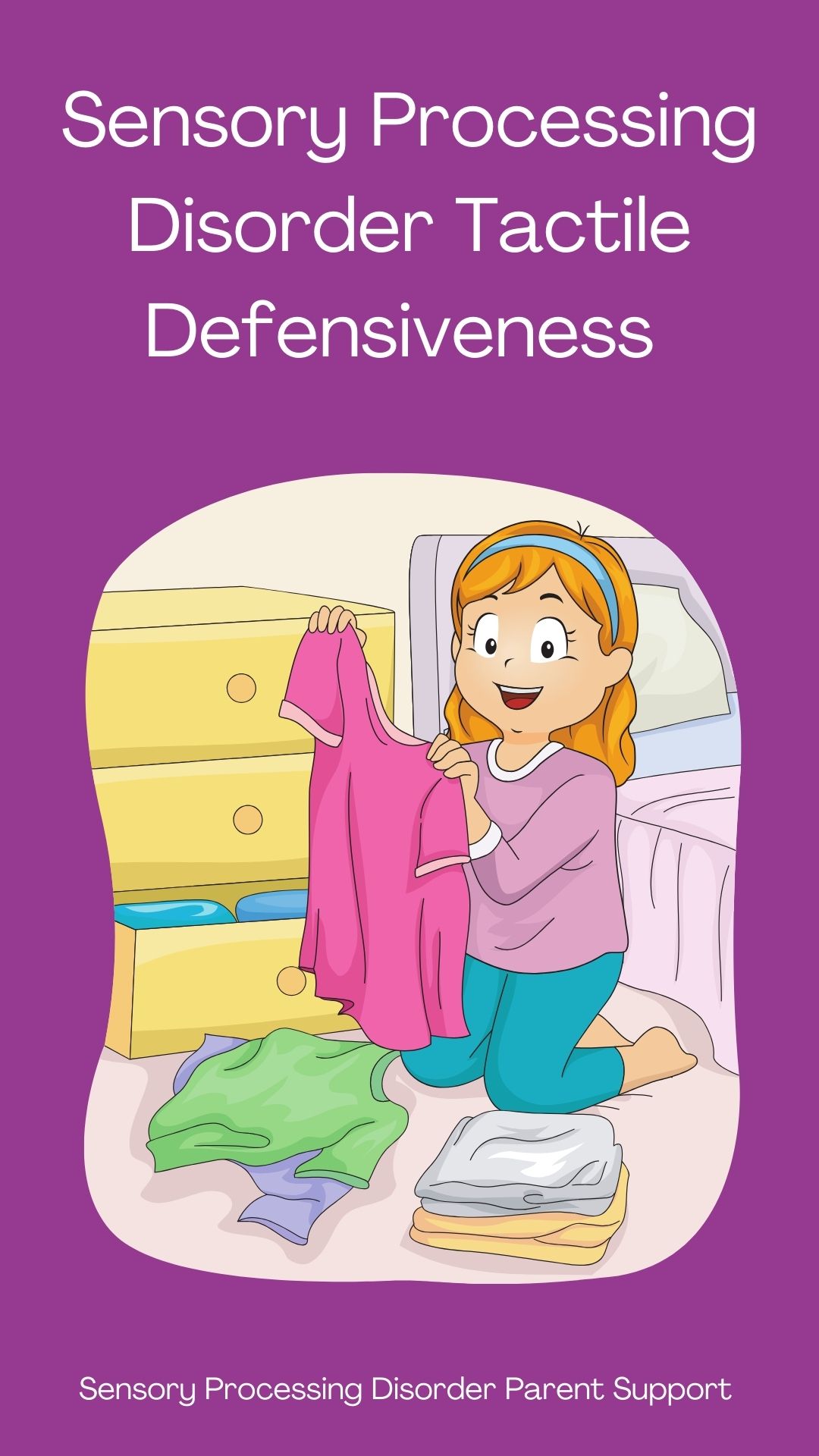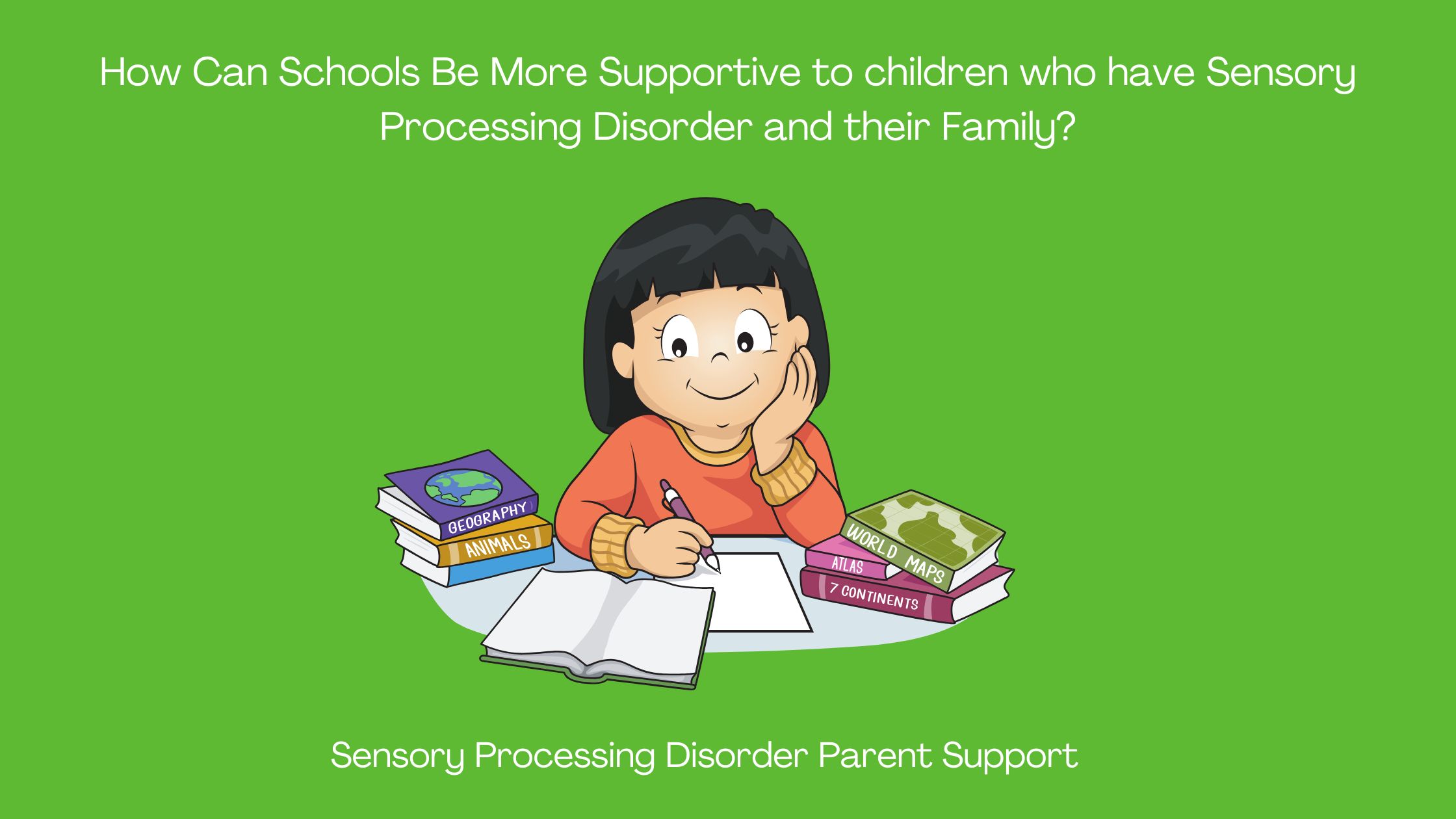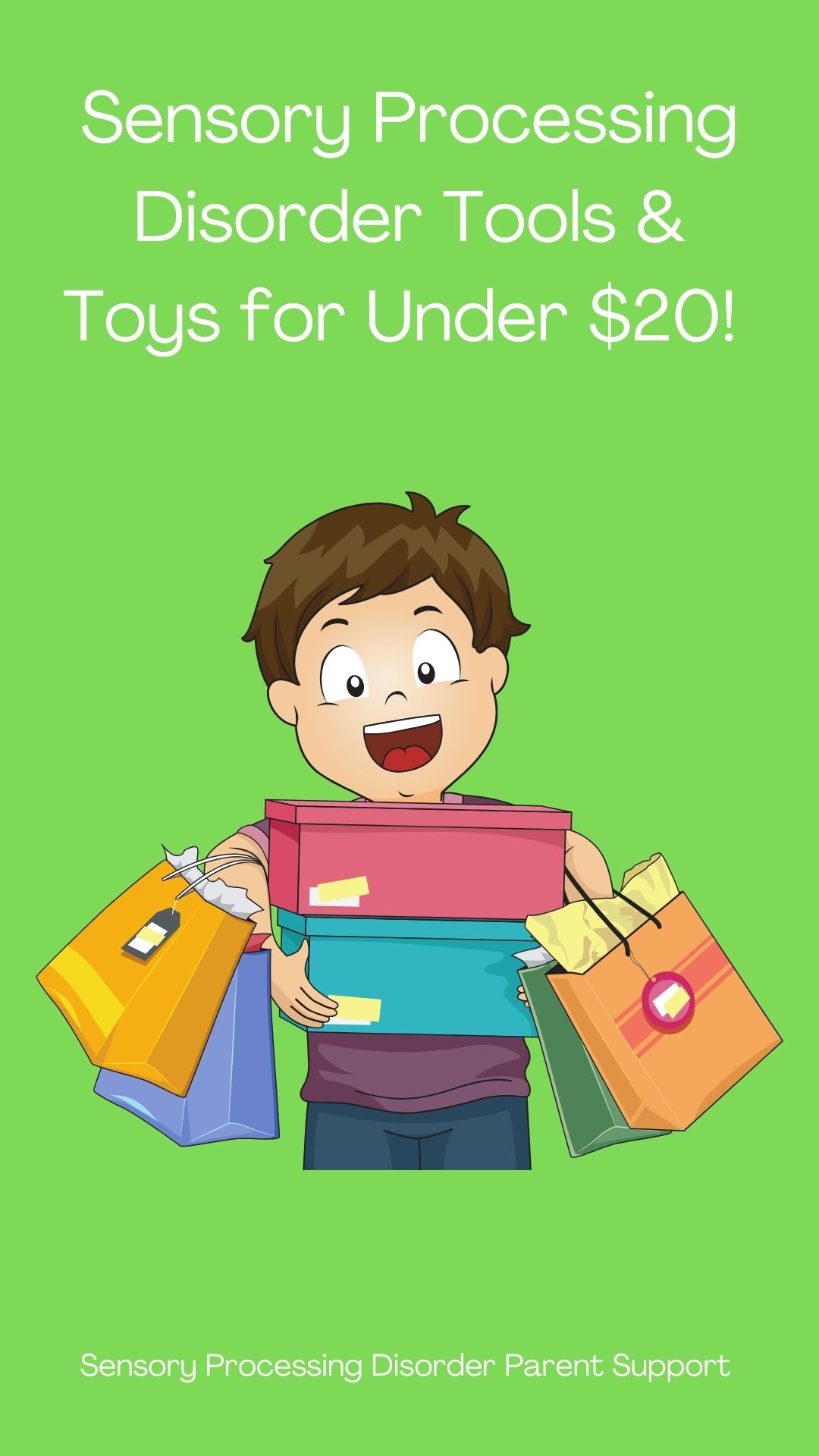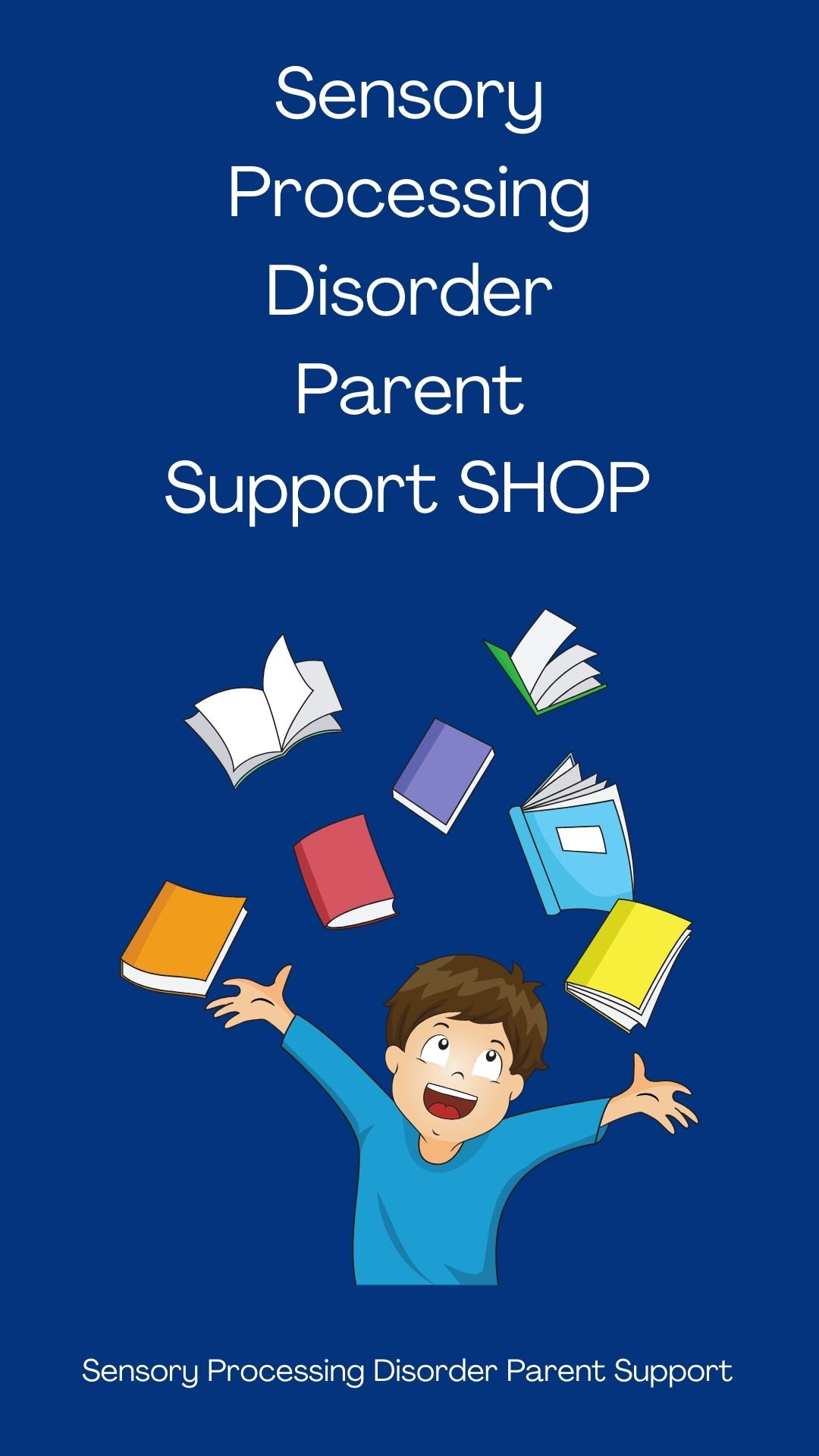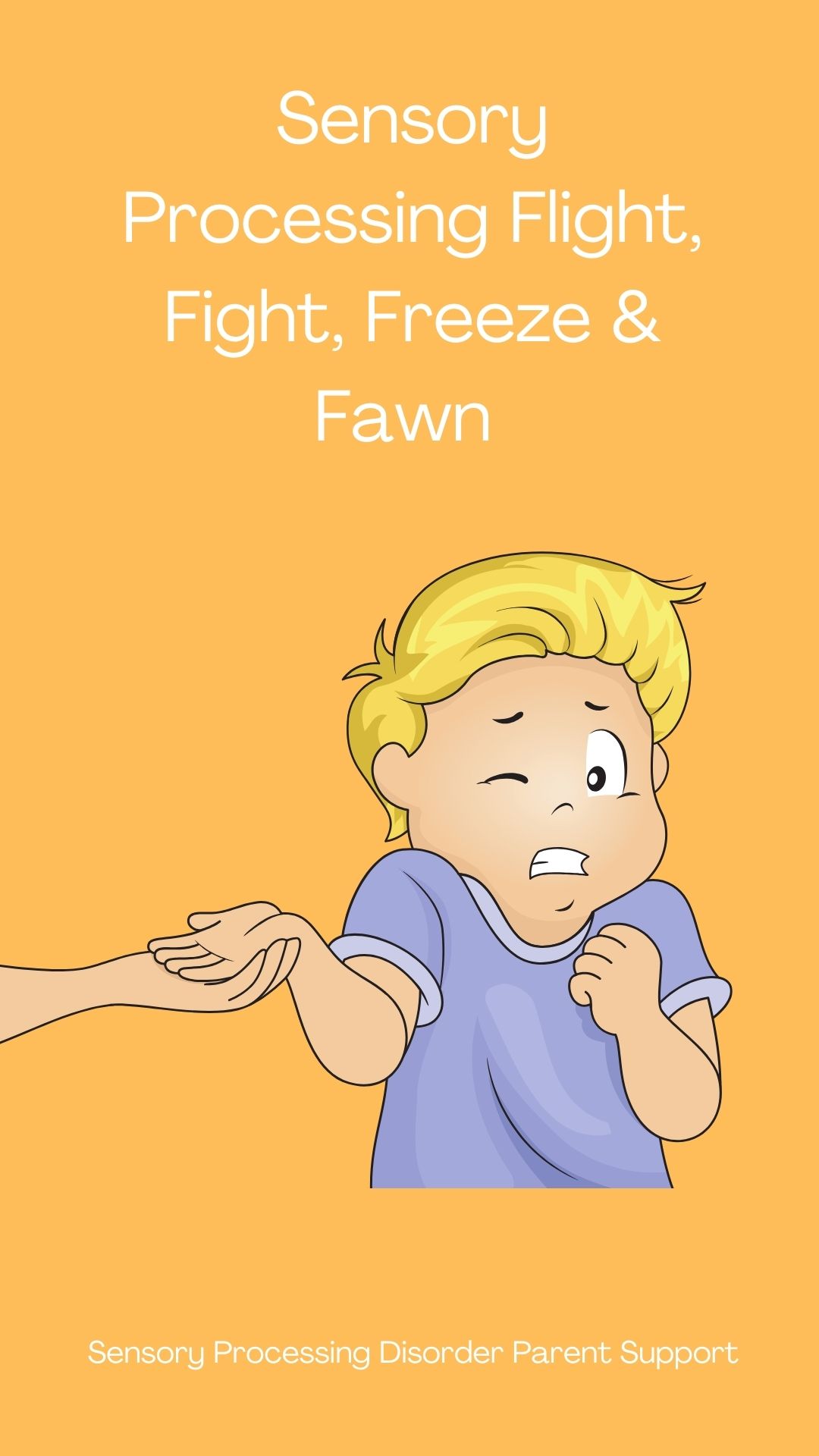Children with sensory processing disorder may overreact or underreact to sensory input, leading to difficulties in regulating their emotions and behavior. This can make it challenging for them to concentrate, follow instructions, and complete tasks, ultimately affecting their academic performance.
How can schools and teachers provide better support to students with SPD and their families? Here are a few ways: It's important to increase awareness and understanding at school. The first and most important step schools can take is to educate themselves and their staff about sensory processing disorder.
Many teachers may not be familiar with sensory challenges, which can lead to students with sensory differences being misdiagnosed and also misunderstood. If we increase awareness and understanding, schools can create a more inclusive and supportive environment for students who struggle with sensory difficulties.
Schools should work closely with the student's family and professionals to create an individualized education plan (IEP) for children with sensory processing disorder. An IEP outlines the student's unique learning needs and the necessary accommodations and modifications to help them succeed academically and socially. This can include reducing classroom noise, providing sensory breaks throughout the day, and implementing a sensory diet tailored to the student's sensory needs.
Teachers can make small but significant adjustments in their classroom to create an environment that caters to students with sensory processing difficulties. Minimizing bright and flickering lights, reducing clutter, and providing a quiet and calm space for students to retreat to when feeling overwhelmed can make a big difference. Teachers can also allow students to use sensory tools like fidget toys or weighted blankets to help them stay focused and regulated.
Visual aids such as picture schedules, visual timetables, and cue cards can be helpful for students with sensory issues as they provide a clear and predictable structure. This can help reduce anxiety and manage transitions between tasks. Teachers can also use visual aids to explain classroom rules and expectations, so students know what is expected of them.
Including sensory activities into the child's daily routine at school can be beneficial for all students but especially for those with sensory processing disorder. Sensory activities like finger painting, playdough, or sensory bins can help regulate students' sensory system, reduce anxiety, and improve their focus and concentration. Teachers can also introduce sensory breaks, dance, or yoga to their lessons to help students release tension and help them stay focused in the classroom.
Schools can also promote peer awareness and acceptance by educating students about sensory processing disorder. This can create a supportive and understanding environment for the student with SPD, making them feel more included and accepted.
Schools and teachers play such an important role in supporting children with sensory processing disorder and their families. Increasing awareness, creating sensory friendly classrooms, using visual aids, encouraging sensory activities, and encouraging peer awareness, schools and teachers can help these students thrive academically and socially.
Collaborating with families and creating individualized education plans can further enhance the support and accommodations for students with sensory challenges.
I asked parents, how schools could support them and their child better and the list had so many great ideas to help teachers and schools better support children who have Sensory Processing Disorder.
Many professionals, including school professionals do not know about Sensory Processing Disorder or the needs of our children. I think the best people to ask how schools and teachers can improve would be parents who have children with Sensory processing Disorder.
These are the suggestions from parents
- Teachers should understand sensory needs and behaviors.
- Awareness is HUGE!! Teachers need to know more about Autism, ADHD, Sensory Processing Disorder etc.
- Sometimes school uniforms need to be adjusted to needs.
- Occupational therapy support at school.
- I wish every classroom had a small tent for a cool-down area for children who feel over-stimulated.
- Following the IEP and sensory diet.
- More breaks, more time for kids to run around, and be active.
- Movement in the classroom.
- Make sure the staff is aware of individual needs of our children.
- Encourage my child to want to go to school not discourage.
- More staff and teachers' aides.
- Smaller class size, creating environments where kids with different sensory needs feel safe and understood.
- It's helpful when educators are able to distinguish between sensory issues and behavior issues.
- CAMERAS in classes, on buses, and in playground areas.
- Hire someone who understands or train staff in Sensory Processing Disorder.
- Sensory breaks, including sensory based activities into curriculum for their sensory diet.
- Movement breaks. The whole classroom could participate. Children need movement.
- Less visual clutter.
- Stop trying to shove them into the next grade when they are OBVIOUSLY not ready.
- Give them work they understand.
- Don't give our children school work that is too easy year after year because you think they are not capable.
- Use yoga balls for seating.
- Understanding difference with wanting too, not understanding, not feeling comfortable and not being able.
- Less waiting lists to see a school district OT, a year to two years is too long.
- Allow him to use the sensory room for not just sensory overload, but for anxiety issues as well.
- Movement! More creativity! Less homework.
- Teach them in a way they can learn.
- Understanding! One word, but unfortunately it's in very short supply.
- Don't make it so difficult for our children to have an IEP.
- Our children do not need to be in confined rooms at school, this makes everything worse for them.
- Accommodations!!!
- Dimming the lights for a more comfortable setting.
- Listen to their parents!!
- Understand that parents know their child better.
- Compassion.
- Understand that accommodations are just that. Behaviors may change daily. Train staff to recognize triggers.
- Visual learning for those who visually learn.
